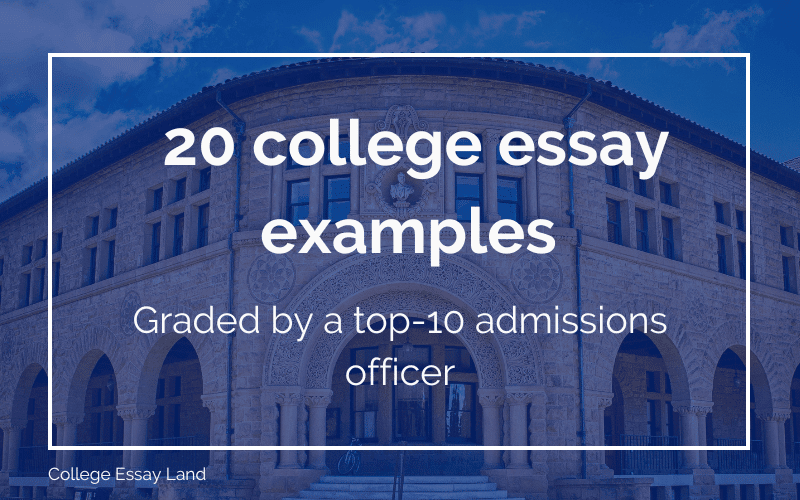Contents
Last updated March 21, 2024
Every piece we write is researched and vetted by a former admissions officer. Read about our mission to pull back the admissions curtain.
How to Use the UVA Common Data Set
Admissions officer reviewed by
Ben Bousquet, M.Ed
Former Vanderbilt University
Written by
Kylie Kistner, MA
Former Willamette University Admissions
Key Takeaway
The University of Virginia is at the top of many applicants’ school lists. And for a good reason—it’s a large public school that excels in a number of academic areas.
But with a 20% acceptance rate, getting into UVA isn’t easy.
So how do you set your application apart from the tens of thousands of other UVA hopefuls? The UVA Common Data Set can help.
In this blog, we go through the UVA Common Data Set and tell you everything you need to know about the University of Virginia admissions data.
Let’s get started.
How UVA Evaluates Applicants — based on CDS data
The UVA Common Data Set lists all the common factors you’d expect in application evaluations: rigor, class rank, GPA, and more.
But there are a couple of unique features to note. Since UVA is a public school, state residency is very important when evaluating applications. Public institutions receive state funding, so in-state students receive special benefits, like lower in-state tuition rates.
Also note that UVA ranks your recommendations as more important than your essays, extracurriculars, and talent/ability. These rankings should tell you that UVA admissions officers aren’t just looking for good students. They’re looking for good people and community members—students who can uphold UVA’s community-focused mission statement.
| Very important | Important | Considered | Not considered |
|---|---|---|---|
| Rigor | Essay | Test scores | Interview |
| Class rank | Extracurriculars | First generation | Religious affiliation |
| GPA | Talent/ability | Alumni/ae relation | Level of applicant interest |
| Recommendations | Geographical residence | ||
| Character/personal qualities | Racial/ethnic status | ||
| State residency | Volunteer work | ||
| Work experience |
Does UVA track demonstrated interest?
No. Applicant interest does not factor into application evaluations at UVA. Since demonstrated interest isn’t important, you can spend your time focusing on writing your essays instead.
Does UVA care about standardized test scores?
Yes, UVA cares about standardized test scores. But they’re just a factor that admissions officers consider, not an integral part of the evaluation process.
Still, around three-quarters of first-year enrolled students submitted a test score. According to the UVA Common Data Set, 51% of them sent in an SAT score, and 21% submitted an ACT score.
Does UVA care about essays?
Yes. Essays are important in UVA admissions. They still come second to academic factors like GPA and personal factors like character, but they can be pivotal for your application. You should consider spending good time and energy on them.
What GPA do I need to get into UVA?
Almost all of UVA’s enrolled first-year students were in the top half of their high school graduating classes—99.6%. An impressive 98.2% were in the top quarter, and 89.6% were in the top tenth. Especially because UVA counts class rank as a very important factor when reading applications, you should take your own class rank into account when applying to UVA.
When it comes to GPA, it’s no surprise that the majority of enrolled students had over a 3.75 GPA. In fact, almost 90% of them had a perfect 4.0.
These numbers tell us two things:
- UVA is a great public school that attracts high-achieving students.
- Your own GPA should be strong if you want to get into UVA.
| GPA | % of Enrolled Students |
|---|---|
| 4.0 | 89.64 |
| 3.75-3.99 | 6.81 |
| 3.50-3.74 | 2.39 |
| 3.25-3.49 | 0.55 |
| 3.00-3.24 | 0.37 |
| 2.50-2.99 | 0.21 |
| 2.00-2.49 | 0.03 |
UVA Acceptance Rate
The University of Virginia received 47,982 applications. Only 9,951 students were admitted, making for an acceptance rate of 20.74%.
This acceptance rate puts UVA in line with other prestigious public schools like the University of Michigan and Georgia Tech and with high-ranking private schools like New York University and Boston University.
UVA Early Decision Acceptance Rate
UVA does offer Early Decision application plans. If the University of Virginia is at the top of your list, then you might consider applying ED.
Of the 2,197 applicants who applied Early Decision, 960 were admitted. Yep, that’s an acceptance rate of 43.7%, over double the standard rate.
What’s the right application option for you?
Choosing your Early Decision I (and possibly Early Decision II) school takes a whole lot of consideration. We actually have an entire post about ED strategy. But there are two questions you should ask yourself before choosing an ED pathway:
- Based on the application evaluation criteria and average statistics, am I a competitive applicant for this school?
Your ED school can still be a reach, but to use your ED most effectively, you should consider applying ED to a school for which you’re a good academic and personal fit.
- Is this school my top choice, and am I willing to enter into a binding ED agreement?
If you were to be admitted and wouldn’t automatically choose to go, then you should apply Regular Decision or Early Action instead.
Most Popular Majors at UVA
Assessing how a school’s major offerings align with your own academic goals is an important step in the school list building process. Specifically, finding schools that excel in your major of interest can set you up for academic and career success.
Sadly, the UVA Common Data Set doesn’t give us exact numbers about how popular each major is. But we can still extrapolate that information by instead looking at how many degrees are awarded in each field.
UVA has one of the most eclectic assortments of top majors. As you can see, the top four most popular spots are the liberal arts, social sciences, engineering, and business.
Since the University of Virginia is a large public institution, it makes sense that the school is well-known for majors across different disciplines.
| Major | Percent of Degrees Conferred |
|---|---|
| Liberal arts/general studies | 22 |
| Social sciences | 14 |
| Engineering | 11 |
| Business/marketing | 8 |
| Biological/life sciences | 6.8 |
| Computer and information sciences | 5 |
| Psychology | 5 |
| Health professions and related programs | 4 |
| Physical sciences | 3 |
| Foreign languages, literatures, and linguistics | 2.6 |
Because UVA excels in the humanities, STEM fields, and social sciences, there’s a good chance you’ll find what you’re looking for academically, no matter your major of interest.
What should you do with all this information?
The University of Virginia is sought after because of its prestige among public institutions. But getting in isn’t so simple.
With a 20% acceptance rate, you’ll need to put your best application foot forward. UVA admissions officers prioritize academic achievement, so make sure your statistics align with the profiles of enrolled students. And because personal character ranks as highly as factors like GPA, you should craft your essays and extracurricular descriptions around communicating core strengths. That’s the entire basis of the Essay Academy.
As you get started on your UVA application, check out our How to Get into UVA post for more guidance.


.png)
